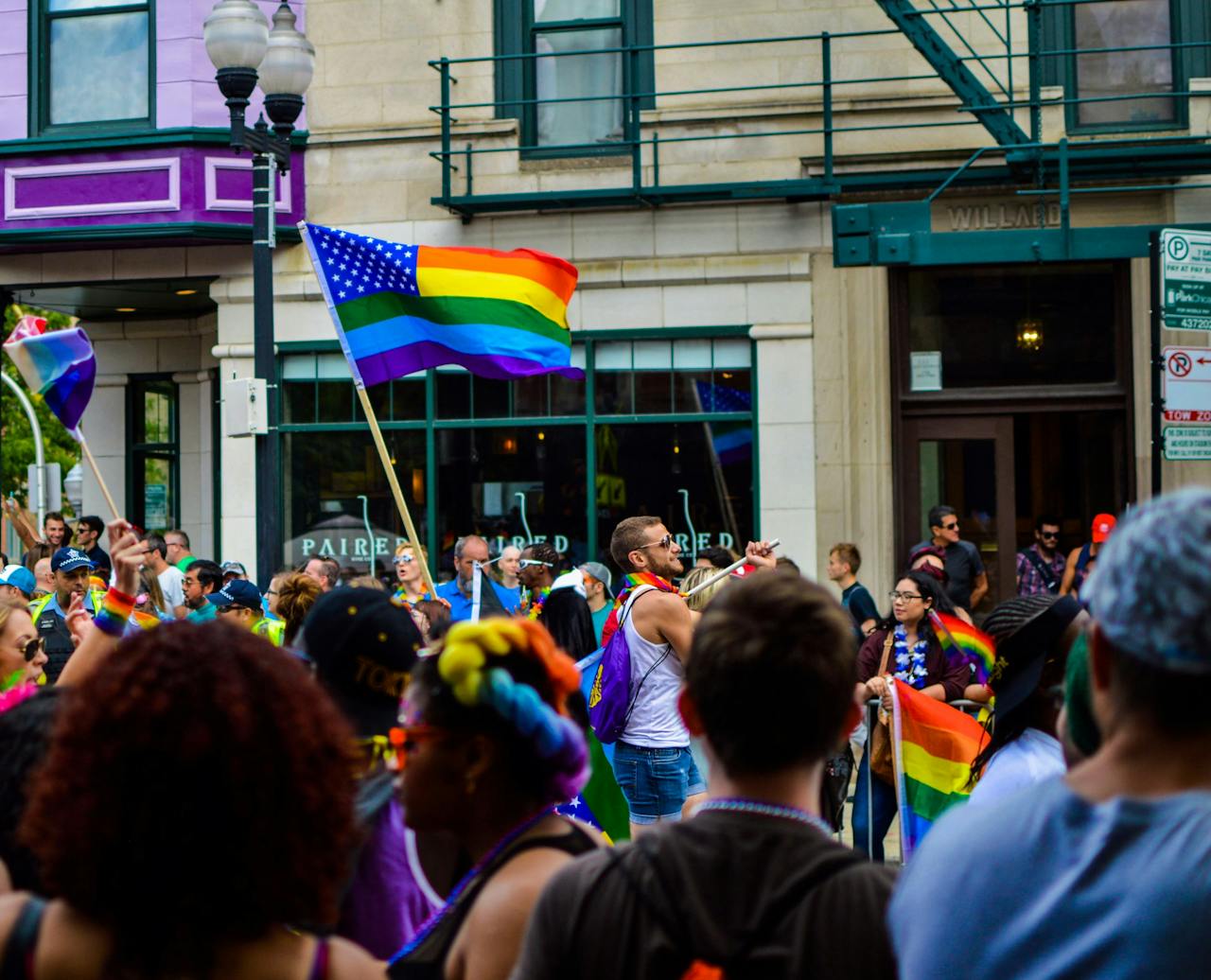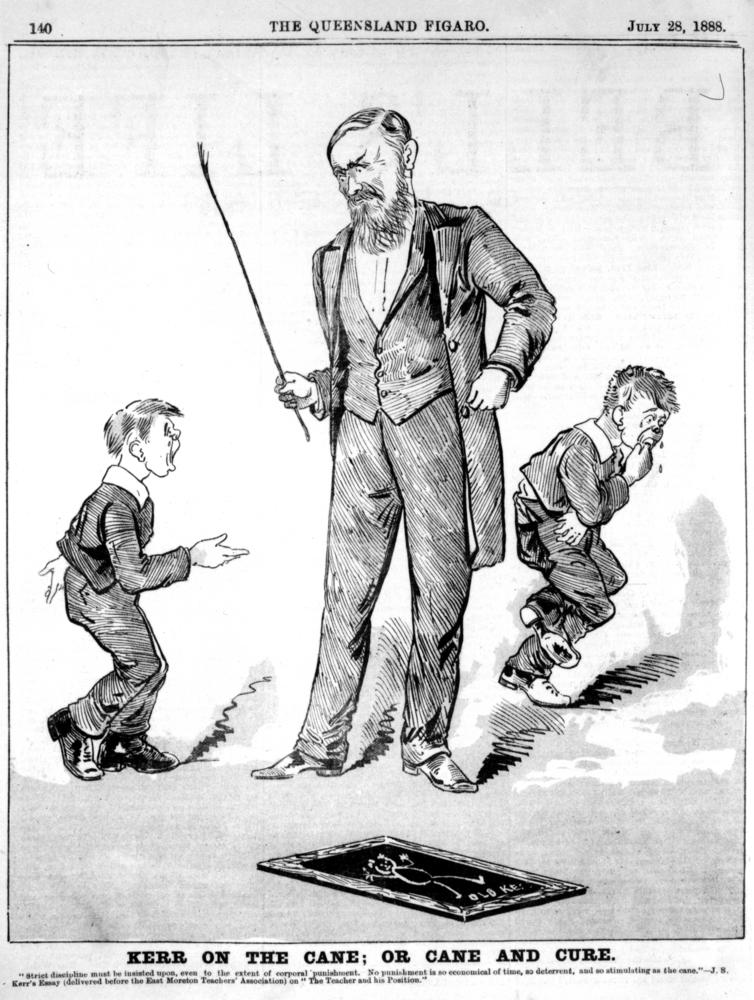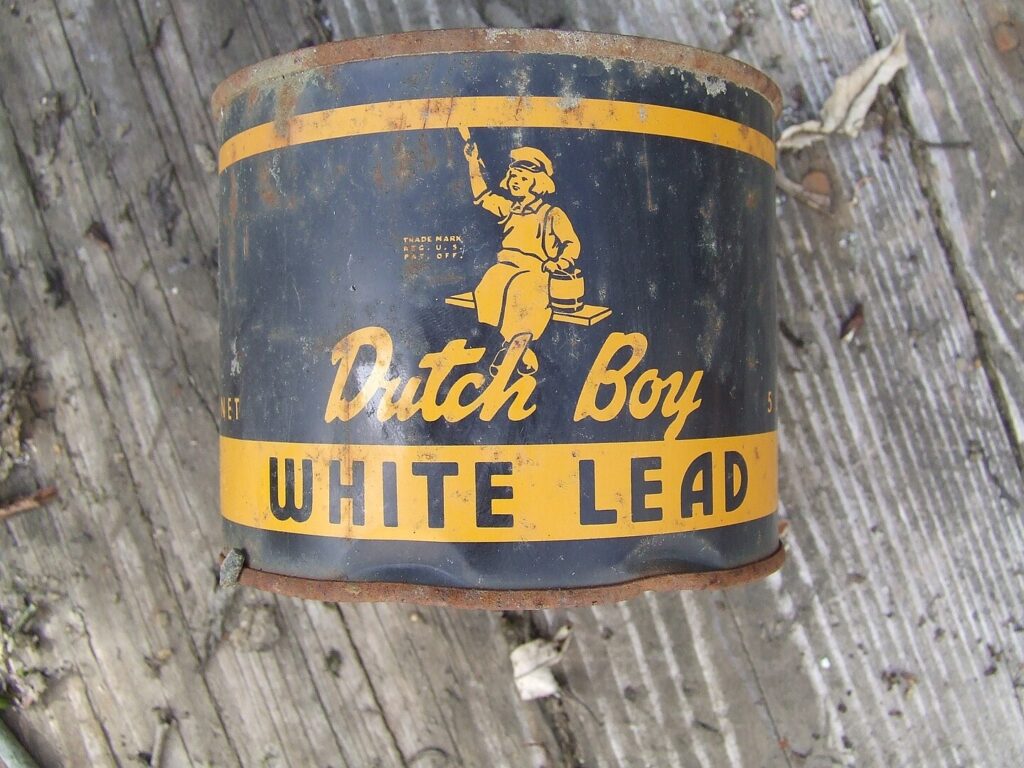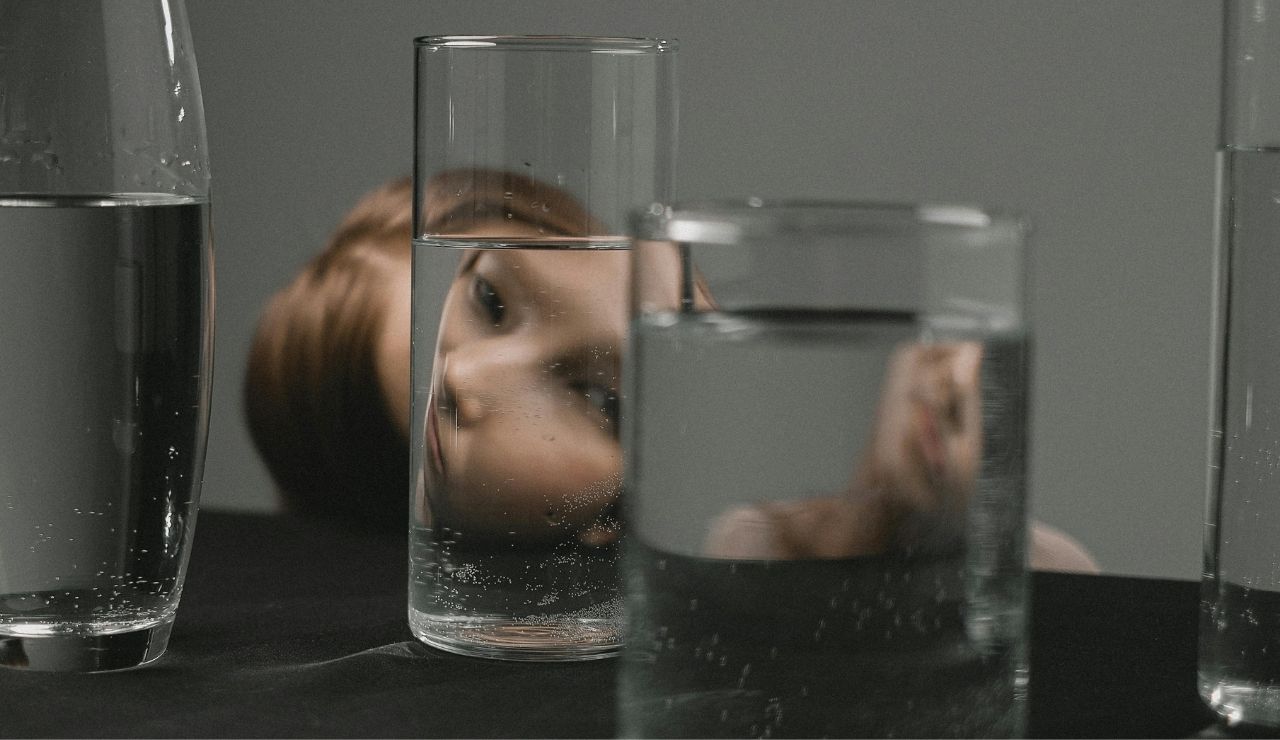The 1960s and 1970s brought huge change, yet many everyday norms from that era look harsh or unsafe now. Science on health risks grew fast, new laws followed, and public attitudes shifted. What felt normal then often breaks today’s rules on safety, equality, and dignity. Think indoor smoke, loose seat belt habits, rigid dress codes, and rules that target identity. This list shows how research, court decisions, and activism updated daily life in the United States and why those older norms did not age well.
1. Smoking Everywhere Indoors

Cigarettes were common in classrooms, restaurants, and even airplane cabins. After the 1964 Surgeon General report, research kept linking smoking to disease, and by the 1980s, evidence showed secondhand smoke harms too. Federal rules removed smoking on many domestic flights by 1990, and cities spread indoor clean air laws through the 1990s and 2000s. Teens today expect smoke-free schools, buses, and malls. The older norm placed workers and kids in constant exposure that current health standards do not allow.
2. Seat Belts And Car Seats Rarely Used

Families often drove without buckling, and toddlers rode in basic carriers or on laps. Safety standards for child restraints arrived in the early 1970s, but real change followed when states passed seat belt laws, starting with New York in 1984. Modern crash data show belts and proper car seats sharply cut injuries. Today, every state requires child restraints by age or size, and public campaigns teach correct installation. The former casual approach to restraints would be illegal and risky now.
3. Gendered School Dress Codes

Many schools required girls to wear skirts and punished boys for long hair. Courts slowly pushed back, and 1972’s Title IX banned gender discrimination in education programs. Today, districts tend to write gender neutral policies and protect cultural hairstyles, with recent state CROWN Acts limiting hair-based bias. The old norms policed appearance instead of learning. Teens now expect comfort, function, and fairness in dress codes, not rules built on narrow ideas about how students should look.
4. LGBTQ Identity Treated As A Disorder

For much of the period, same gender relationships were stigmatized or criminalized, and medical groups labeled them as an illness. A turning point came in 1973 when a major psychiatric association removed homosexuality from its diagnostic manual. Yet criminal laws lasted in many states for decades, only ending nationwide in the early 2000s. School communities today work toward safety and inclusion, a sharp contrast with earlier norms that treated identity as something to punish or pathologize.
5. Corporal Punishment In Schools

Paddling was viewed as normal classroom discipline, and many districts kept wooden boards behind the desk. Over time, pediatric groups warned of harms, including fear, injury risk, and worse behavior. Numerous states banned the practice in public schools, and many districts ended it even where legal. Modern behavior plans favor de-escalation, family contact, and counseling. The older norm treated pain as teaching. Current guidance emphasizes dignity and evidence-based strategies that help students learn self-control without hitting.
6. Leaded Gasoline And Lead Paint

Lead gasoline-powered cars and lead-based paint coated walls and windows. Studies linked lead exposure to brain development problems and behavior issues, especially in children. The United States banned most residential lead paint in 1978 and phased out leaded gasoline in the following decades. Cities now replace old pipes and require safe renovation methods. The previous norm accepted toxins in everyday spaces. Today, blood lead screening and strict rules reflect what science has made clear about long-term harm.
7. Casual Littering And Dirty Rivers

Throwing trash from cars or picnic tables was common, and factories often dumped waste into waterways. Famous fires on the Cuyahoga River in 1969 helped spark public outrage. The federal government created the Environmental Protection Agency in 1970, followed by the Clean Air Act and Clean Water Act. Recycling programs and bottle deposit laws spread. Teens now learn storm drain rules and park cleanup etiquette. The earlier shrug toward litter and smoke would clash with today’s environmental expectations.
8. Marriage Ignored Consent Crimes

For years, many states failed to treat non-consensual acts within marriage as crimes, leaving victims with few options. Advocacy and legal reform gradually changed statutes, and by the early 1990s, every state recognized that consent still matters inside marriage. Modern campus policies, health classes, and state laws frame consent as clear, ongoing, and required. The old norm treated spouses as having automatic access, a view widely rejected by current law and public education.
9. Job Ads And Pay Built On Gender Lines

Help Wanted pages often split roles by male and female categories, steering higher pay and leadership to men. Legal change arrived through the Civil Rights Act of 1964 and the Equal Pay Act of 1963, with later protections for pregnancy in 1978. While pay gaps and bias have not vanished, open job segregation in ads is illegal, and companies publish policies on equal opportunity. Teens entering work now expect hiring to focus on skills, not outdated gender boxes.


